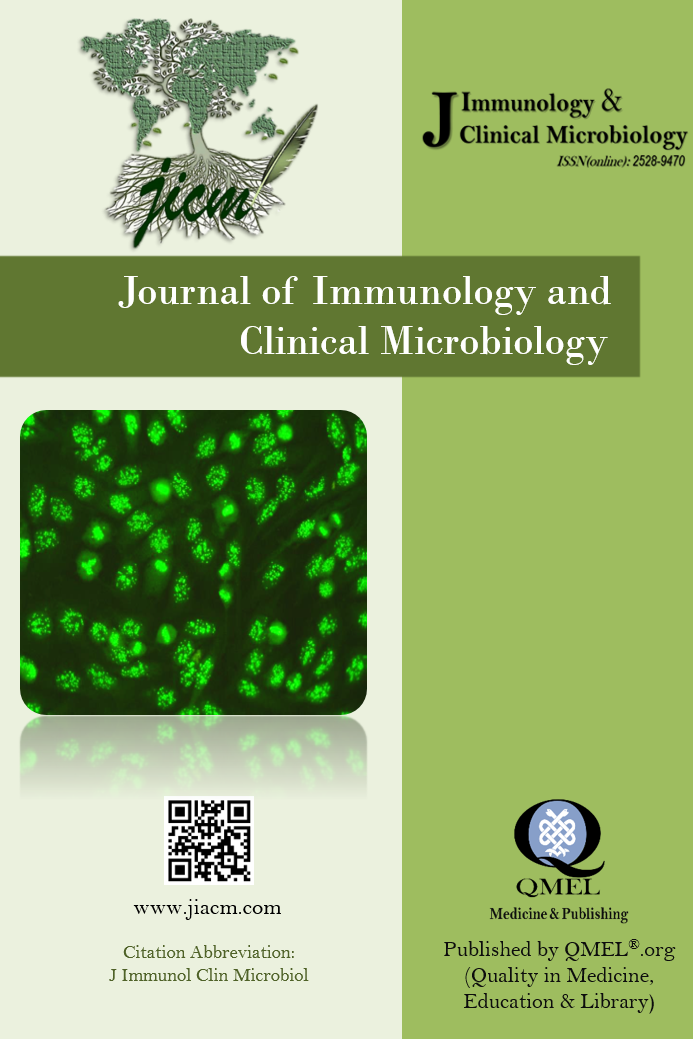An important agent in gastroenteritis: Campylobacter
An important agent in gastroenteritis: Campylobacter
Campylobacter infections are common in
both developed and developing countries. The reported incidence of culture
confirmed infections shows variability among countries due to culturing
procedures. (1). Here we report laboratory-based surveillance data collected
between 2013 and 2015 in Yeditepe University Hospital Microbiology Laboratory.
Among 2807 feces cultures, Salmonella
spp. (n=135), Campylobacter spp. (n=118),
Aeromonas spp. (n=6) and Shigella spp. (n=3), isolates were detected. Out of 118
Campylobacter spp. isolates, the
distribution was as follows: C. jejuni
(n=101), C. upsaliensis (n=8), C. coli (n=6) and other species (n=3).
The fecal samples were cultured in Campylobacter-BAP
medium (Salubris, Turkey) and incubated under
microaerophilic conditions (CampyGen, Oxoid, UK) at 42°C for 48 hours.
Suspected colonies were examined by Gram stain and evaluated for oxidase and
catalase positivity; and then were first confirmed by Campylobacter latex agglutination test (Dryspot, Oxoid, UK).
Keywords:
gastroenteritis Campylobacter,
___
- Fitzgerald C, Nachamkin I: Campylobacter and Arcobacter. In: Manual of Clinical Microbiology. Volume 1. 11th ed. Washington, ASM Press, 2015: 998.
- Gea B, Wanga F, Sjölund-Karlssonc M, McDermott PF. Antimicrobial resistance in Campylobacter: Susceptibility testing methods and resistance trends. Journal of Microbiological Methods 2013; 95: 57–67.
- Gurol Y, Kipritçi Z, Biçer S, Acuner İÇ, Vitrinel A, Çelik G. Campylobacter data from a Turkish University Hospital Laboratory. Acta Gastro-Enterologica Belgica Vol LXXVI, April-June 2013.
- Yayın Aralığı: Yılda 4 Sayı
- Başlangıç: 2016
- Yayıncı: Erkan YULA
